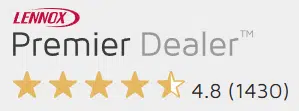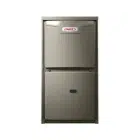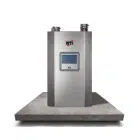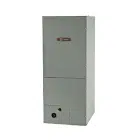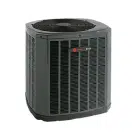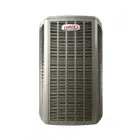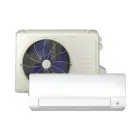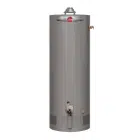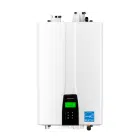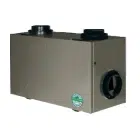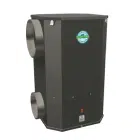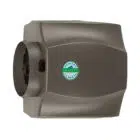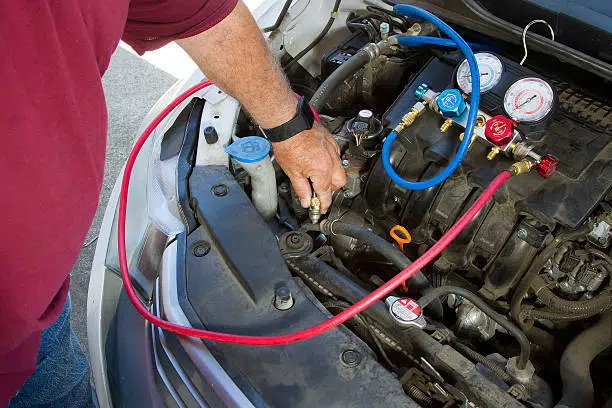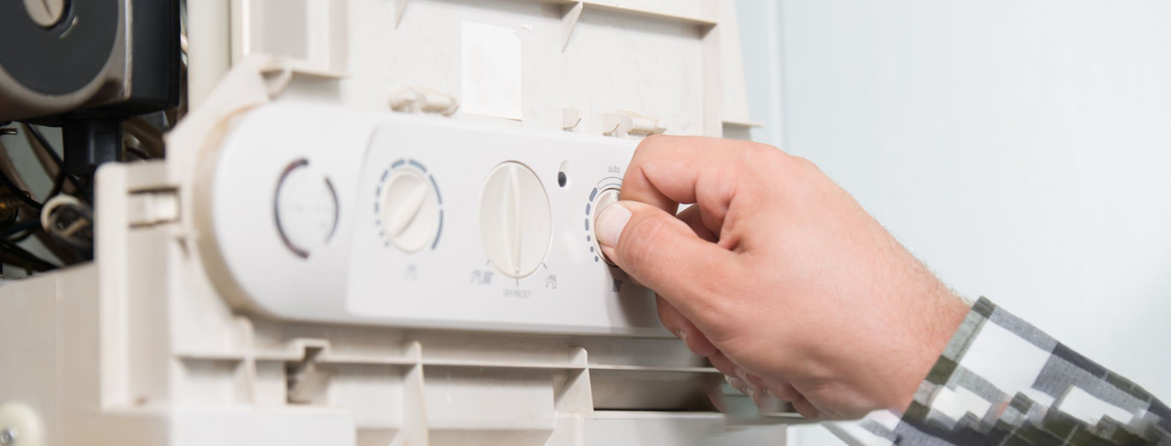
Table of Contents
- What Is a Furnace Limit Switch?
- Why Is a Furnace Pressure Switch So Important?
- How Does the Furnace Limit Switch Operate?
- What Role Does the Furnace Limit Switch Play in Your Heating System Performance?
- How to Understand That the Furnace Limit Switch Is Broken?
- When It’s Time to Call For a Professional Help?
- Conclusion
As the bitter Canadian winter approaches, ensuring your home’s heating system is in optimal condition becomes our top priority. A crucial component of this system is the furnace limit switch, sometimes referred to as the furnace high limit switch or the furnace pressure switch. But what exactly does it do? In our new article, we will unravel the importance of the furnace limit switch, explore its various functions, and indicate the signs of the malfunction.
What Is a Furnace Limit Switch?
A furnace limit switch plays a pivotal role in the operation of a forced-air furnace. It is responsible for orchestrating a crucial aspect of your heating system: the regulation of temperature and the circulation of warm air within your home. This unassuming component ensures that your furnace functions in harmony with your thermostat, maintaining a comfortable indoor climate during the chilling winters.
Why Is a Furnace Pressure Switch So Important?
The importance of the furnace high limit switch cannot be overstated. This unassuming component serves as a frontline defender against potential heating system catastrophes. Its primary role is to prevent overheating within the furnace, a situation that could not only damage the unit but also pose a significant fire hazard. By continuously monitoring the temperature within the furnace and promptly signaling the blower fan to take action when it detects unsafe levels, the limit switch ensures that the furnace’s temperature remains within a safe range.
Beyond this crucial safety function, it also contributes to maintaining a comfortable indoor environment by regulating temperature and efficiently controlling the blower fan. As you can see, this multifaceted device plays a vital role in safeguarding your heating system.
How Does the Furnace Limit Switch Operate?
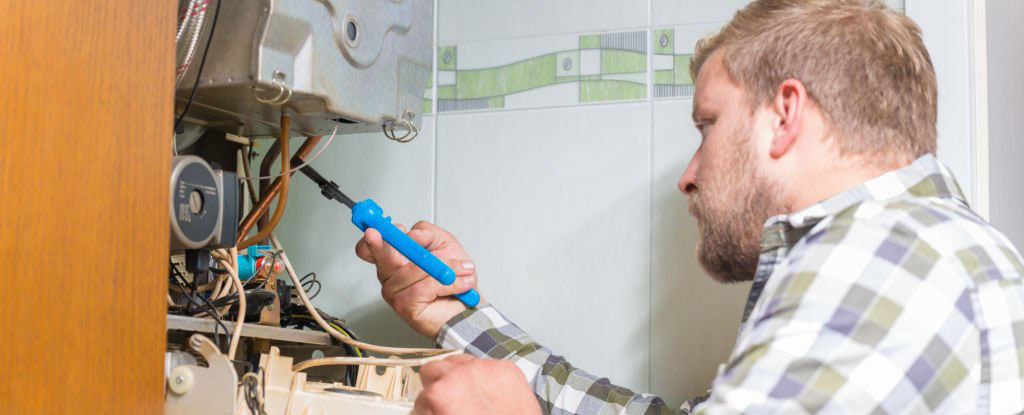
The furnace switch is a temperature-sensitive marvel. It continuously monitors the temperature within the furnace. If it detects that the temperature has exceeded safe limits, the limit switch springs into action. It signals the blower fan to start circulating air through the heat exchanger, which rapidly cools the furnace down. Once the temperature returns to a safe range, the limit switch instructs the blower fan to stop, ensuring that the furnace’s temperature remains in a safe zone.
What Role Does the Furnace Limit Switch Play in Your Heating System Performance?
Now you see that this unassuming furnace component is more than just a safety measure. It is, in fact, a master regulator that orchestrates several crucial functions within your heating system. But let’s consider its features in more detail.
Furnace Switch and Temperature Regulation
One of the furnace limit switch’s primary roles is to regulate the temperature within your home. This component works in tandem with your thermostat to maintain a consistent and comfortable indoor climate. When the furnace produces heat, the limit switch ensures that the temperature does not rise to uncomfortable or unsafe levels. It monitors the temperature within the furnace housing and, when necessary, signals the blower fan to distribute warm air. This function ensures that your living spaces are not overheated, providing a pleasant and cozy atmosphere even during the coldest winters.
Fan Control
Efficient heat distribution is paramount for maintaining a uniformly warm environment in your home. The furnace high limit switch takes charge of fan control to achieve this goal. It determines when the blower fan should be active and when it should pause. By controlling the fan, the limit switch ensures that heated air is evenly distributed throughout your home. This not only enhances comfort but also increases energy efficiency, as it prevents your furnace from overworking and wasting energy.
The Hidden Safety Perk: Overheating Protection
In addition to temperature regulation and fan control, the furnace limit switch possesses a lesser-known but critical safety feature: overheating protection. If, despite the blower fan’s efforts, the temperature within the furnace continues to rise uncontrollably, the limit switch intervenes. It goes beyond fan control and takes the drastic step of cutting off power to the furnace entirely. This immediate action prevents a potential catastrophe, as overheating could lead to severe damage to the furnace, posing safety risks, or even creating a fire hazard.
How to Understand That the Furnace Limit Switch Is Broken?

Most homeowners haven’t heard of a furnace high limit switch because, when it functions seamlessly, it operates quietly in the background. However, there are times when even this crucial component can falter. Here are some common indicators that your furnace limit switch may be in need of attention:
- Frequent On and Off Cycling: If your furnace seems to be turning on and off rapidly, it may be due to a malfunctioning limit switch. This could lead to uneven heating and increased wear and tear on your system.
- Inconsistent Heating: If you notice that your home’s temperature fluctuates more than usual, with some rooms being too warm while others remain chilly, your limit switch may be to blame. It might not be effectively controlling the blower fan.
- Cold Air Blowing: When the furnace is running, but you feel cold air blowing through the vents, it’s a clear sign that the limit switch may not be triggering the blower fan as it should. This can result in discomfort and decreased energy efficiency.
- Strange Noises: A malfunctioning limit switch may cause unusual noises, such as clicking or tapping sounds, as it struggles to regulate the furnace’s temperature and fan control.
- System Shutdown: In extreme cases, a faulty limit switch might trigger the furnace to shut down completely, leaving you without heat. This can be a safety concern, especially during the harsh winters.
Regular furnace maintenance and tune-ups can help you prevent these kinds of issues. Find out how often should you maintain your furnace for its optimal performance in our previous article.
When It’s Time to Call For a Professional Help?
Professional furnace repair services and regular maintenance play a pivotal role in ensuring the proper operation of your heating system. Regular inspections conducted by experienced HVAC technicians help identify potential issues before they escalate into major problems. This not only keeps your furnace running efficiently but also extends its lifespan, ultimately saving you money in the long run.
Calling for professional HVAC services is particularly crucial when you suspect issues with your furnace limit switch by noticing uneven heating or experiencing frequent system shutdowns. These are telltale signs that something may be amiss in your heating system, and it’s best to have a trained technician diagnose and resolve the problem. Prompt intervention can prevent further damage and safety hazards.
Conclusion
In conclusion, the furnace limit switch is a deceptively simple yet essential component of your heating system. Its multifaceted role in ensuring safety, temperature regulation, and efficient heat distribution makes it a linchpin of home comfort during the coldest weather.
At HVAC Service Solutions, our team of skilled professionals is here to ensure the continued comfort and safety of your home. Whether it’s routine maintenance or addressing specific issues like a malfunctioning limit switch, we’re just a call away. Reach out to us right now via the link below for professional furnace repair.
Share
